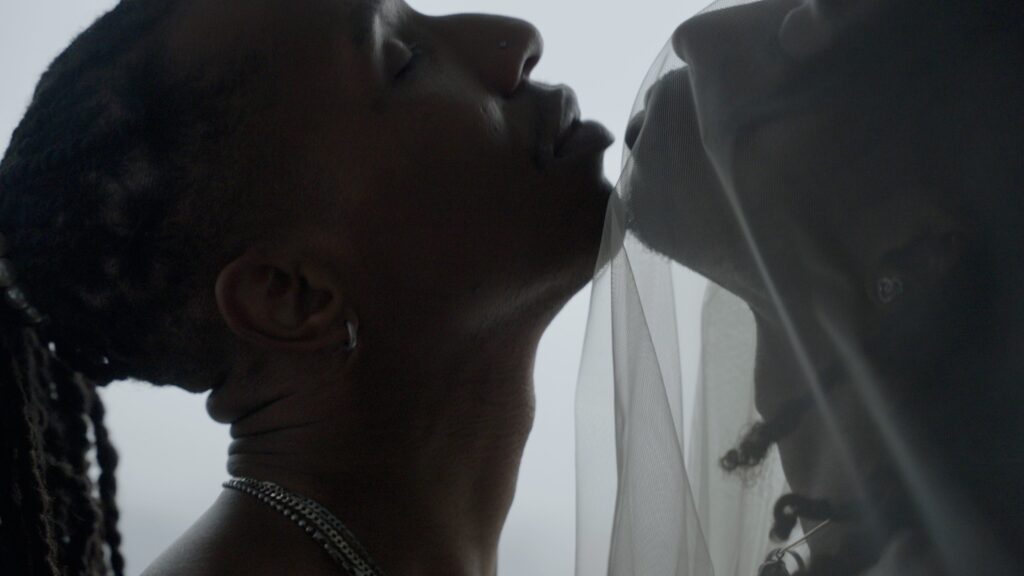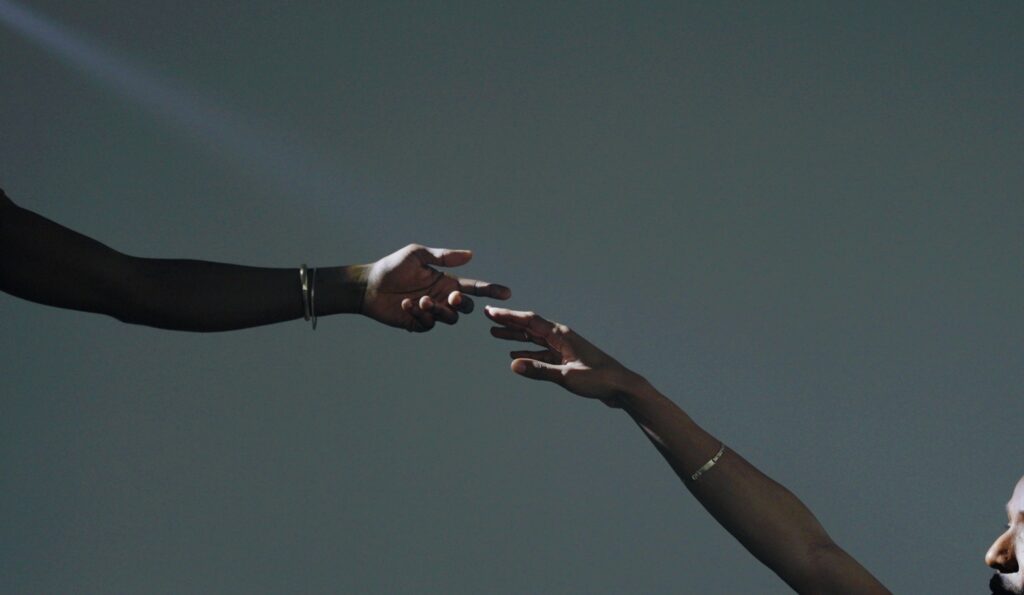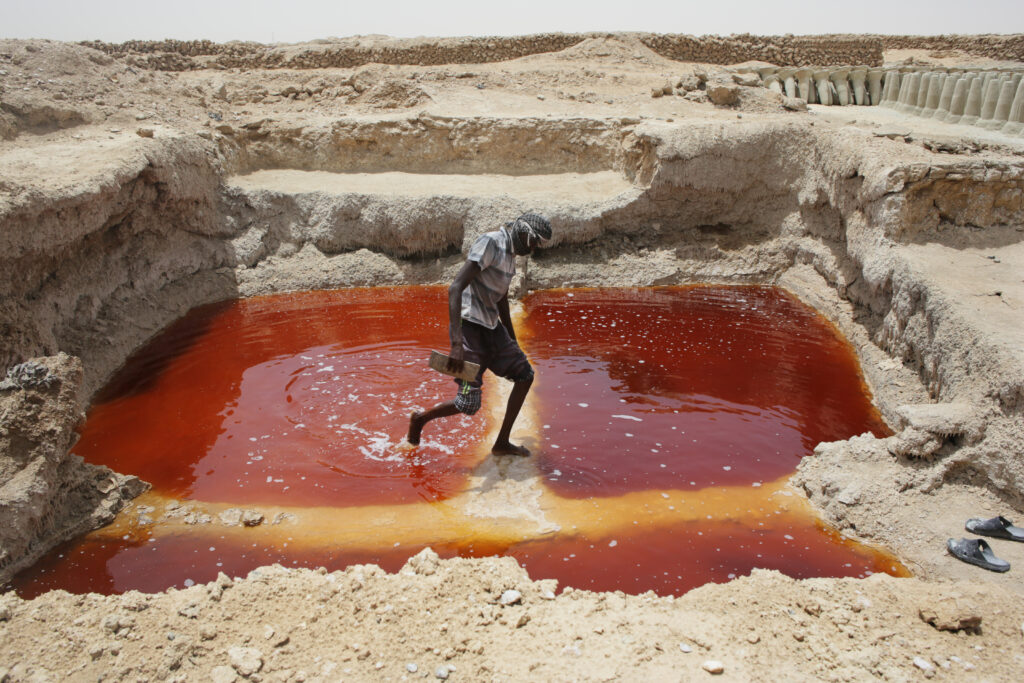On the African continent, Africans are the authorities on what happens and why it happens. Only this idealism can fort the treasures founded by us. However, one of our biggest problems is that we are not yet entirely in charge of speaking our truth. There are always these random intercontinental regulations and content-sharing treaties because we are seen through the eyes of a racial needle: a group of people only capable of chaos, but not calm. This archaic bias is what holds the water of our identity crises, as well as dictates what roles we get to play on the frontlines of championing our own stories.
It will be intellectually dishonest to say that it is possible to do without external influences because while in constant conversation and engagement with art and artistic practices we naturally invite externalities, especially in the arts. However, at a creche level, kind visitors can tell a baby handful of our stories, but only if they acknowledge that their point of view is shaped by being outsiders, anything else suggests assimilation and colonization.
Many scholars are aware of Goethe’s poetry on The Faustian Bargain. A deal where a person barters something of moral or ethereal importance, such as core principles or their soul for vainglorious benefits. It is why griots like Ladan Osman struggle with low budgets and discredit, and face significant political barriers and freedom of expression.
This new Journal Project focuses on the most contentious film “Sun of the Soil” set in Bamako, streaming now on Netflix, created by Abdou Ouologuem, Joe Penny and Ladan Osman.
In conversation with the alleged co-director and story writer, Ladan Osman, we tried to uncover some points about technical industry gender-based prejudices, and also raise topics to ensure that a lot of artists who call the African continent home don’t experience a series of fatal and disabling working conditions expressed at later stages of their career that robs them of what they hold most precious – Good mental health.
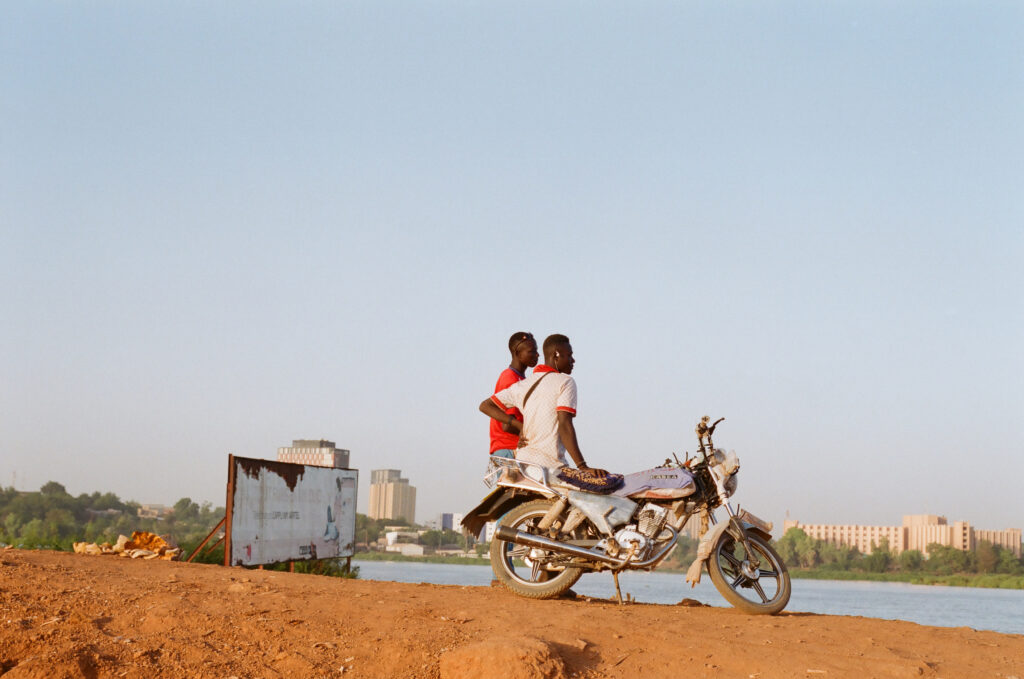
In the 14th century Mali, an ambitous young royal named Mansa Musa ascended the throne of the richest Kingdom in Human history. Sun of the soil follows Malian artist Abdou Ouologuem on a journey to discover the truth behind the legendary African King. Abdou and Musa’s arcs weave together, punctuated by performances that illustrate key moments of Mansa Musa’s reign.
Mali and USA – released 2019. Duration: 26mins. Genre: Documentary. Language: English and French
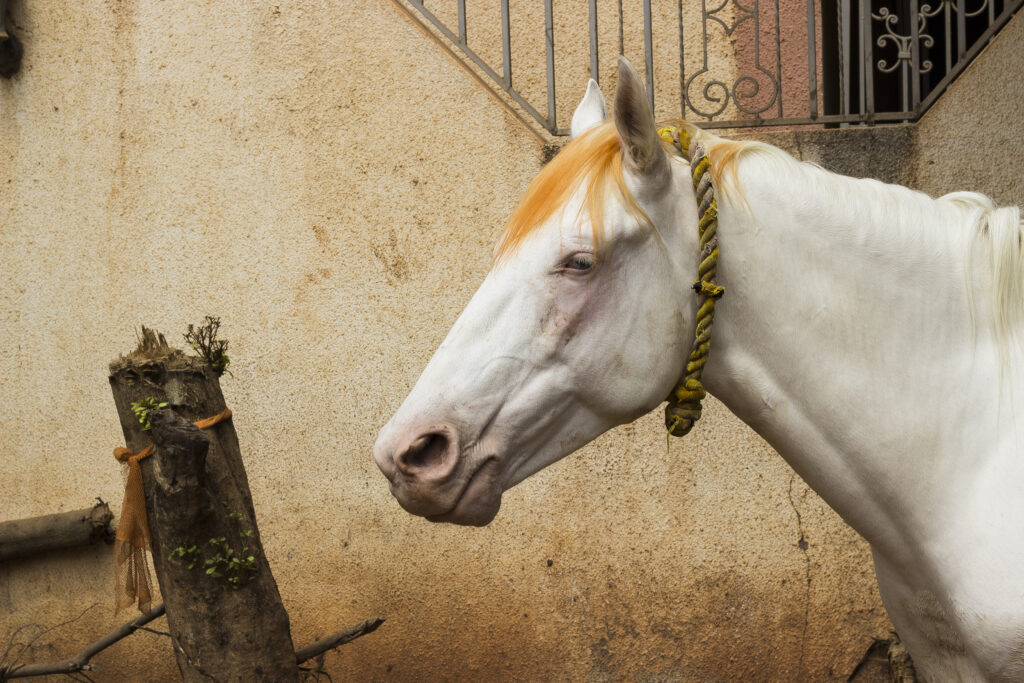
Hello Ladan! and welcome to Random Photo Journal! Briefly introduce yourself and what you do.
Hi! I’m a Somali writer and filmmaker based in New York. I’ve written two poetry collections and have since shifted to films that show artists in the process. I love profiling emerging artists, especially musicians, and thinking about how to render heroic portraits of Black people making things.
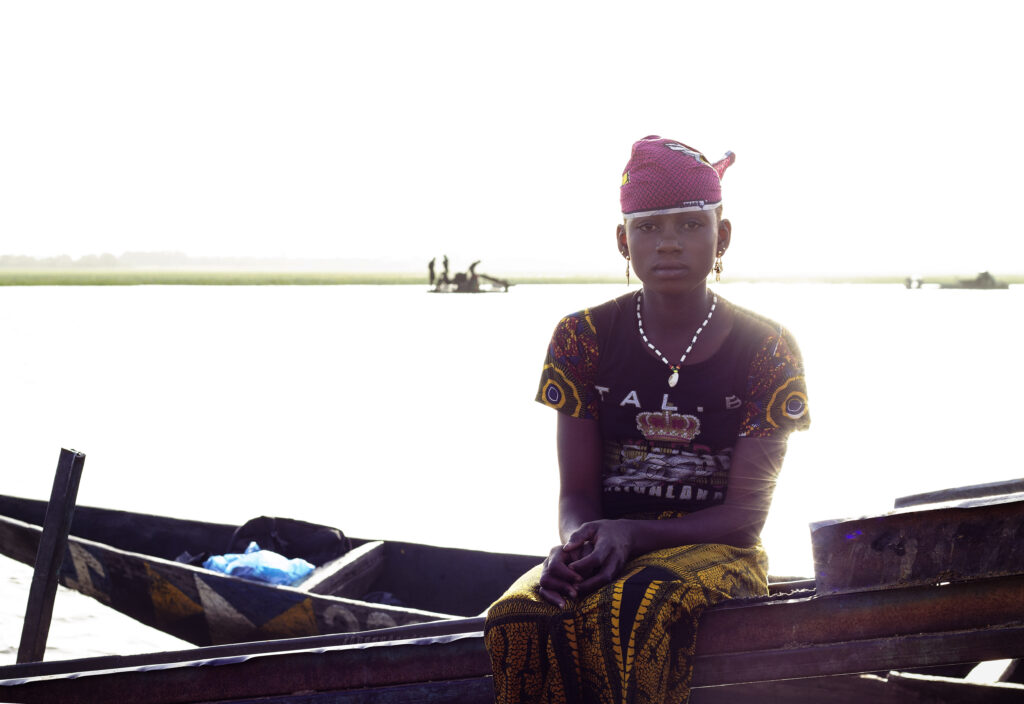
What got you started on your creative journey and why did you decide to be kino?
School made me restless but I was obsessed with stories and the library. I used to stand looking at shelves with all these books by the same writer. I didn’t even know how to spell properly but I knew I wanted to do that, to communicate with others through writing. As I got older, I also became interested in fashion shows, dance performances, and independent films. My first job was at a video store. It was my favourite responsibility, to choose films that could mostly please everyone in the family. I grew up in a chaotic household but watching movies together was a respite. It was time together with no interference, no anxiety, no worries. My mom would pan-fry popcorn and for the next 90 minutes or more, I could enter a series of images, transitions, conversations, and sensations that carried me out of my own life, where I had to sometimes dig to find magic. So I knew I wanted to make books but I also knew that I wanted to make films. They’re the closest thing to translating our dreams to other people. Films envelop us.
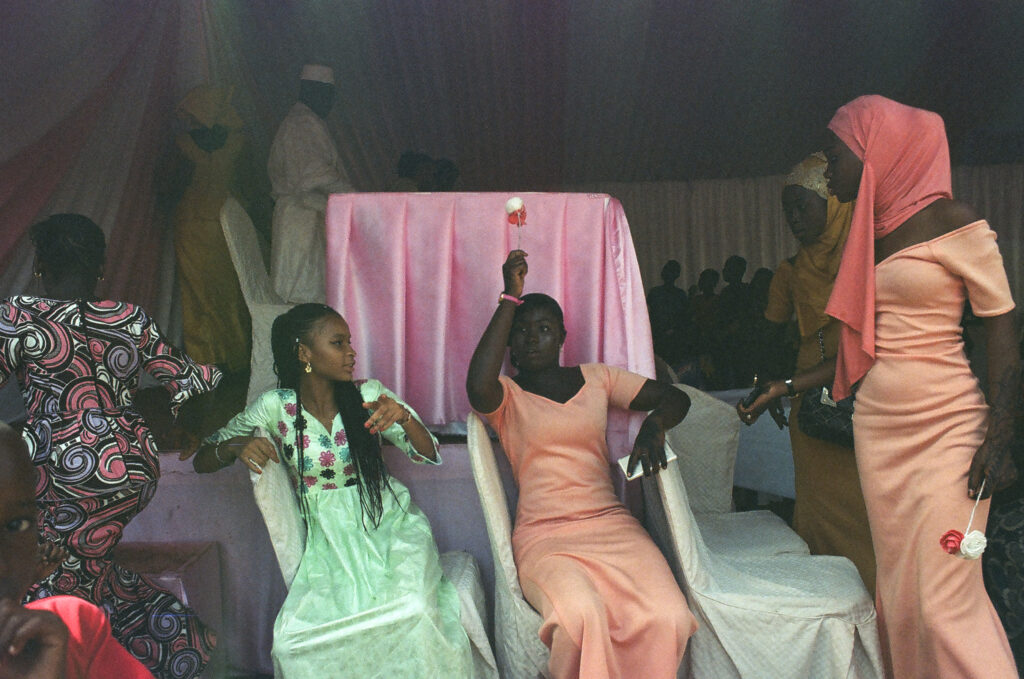
Artists are, and should be messengers, in that sense, what messages are you trying to send with your art?
To slow down and allow other harmonies to touch us, to shift our curiosities. I aim to introduce ambiguity, to welcome possibilities and questions rather than closed ideas. Rather than shortcuts. I think submitting ourselves to another’s perspectives can encourage empathy, and send us back to every day with more softness.
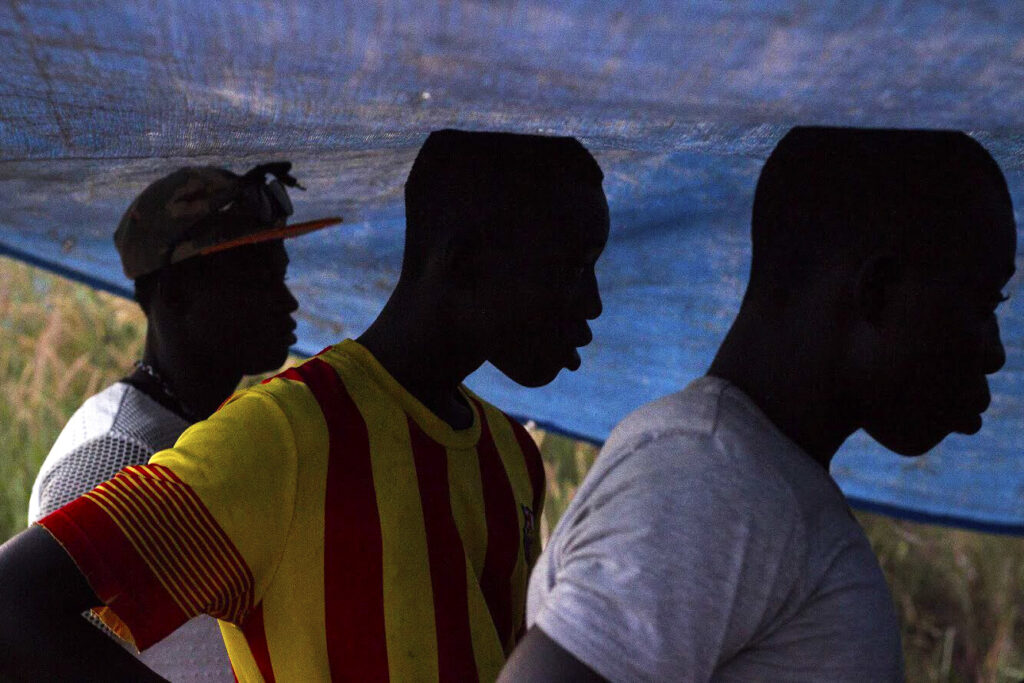
We watched the Mansa Musa movie you shared with us on Vimeo, which is now also streaming on Netflix, YouTube, etc. We will like to know which parts and scenes of the movies you directed in particular, as this helps us narrow down your creative input on such an amazing project.
(I’m glad your team enjoyed it.) I’ll start by saying this project was meant to be deeply collaborative and was taken on by filmmakers and producers with limited experience. That being said, this project wasn’t originally intended to be a documentary or to feature a Malian artist as he explores this history. It was pitched as a narrative short, and later as a typical history documentary until I suggested a different take. However, my collaborators, on paper, refuse to acknowledge my relentless input to the project. It is difficult to narrow down my input because I built the frame of this film (as an artist in the study, in the process). I was there alongside the team for nearly every shot. I did more than an equal share in deciding the final order of the interviews, and the visual transitions, and even made notes that shaped the structure of the trailer. I’ll illustrate my answer with one incident: We filmed the court scene on the final days of the first trip to Mali. I was ill and while absent from the set, the producers were unhappy with how my collaborators coached the actors, and with the unrealistic “killing” of Mansa Musa’s mother, an actress around the same age as the actor playing the emperor. For unclear reasons, she was topless and painted gold while everyone else was fully clothed. When I recovered enough to travel, I gave notes which directed camera movement and the actors while sitting in the sand because I was still too ill to stand. It’s incredible to me that I’m now treated as disposable when the last precious shots, as we raced against the sunset, wouldn’t look anything like they did without my direction. The offer to clearly credit me for the court scene, which I also wrote, was rescinded for unknown reasons.

Almost immediately, there was some struggle to translate my script so this is where lines began to blur because I wrote shot lists and other materials that determined how we’d shoot, what we’d shoot, and even the time of day in some cases. I often checked the composition in both cameras for interviews and B-roll. The emphasis on nature, the focus on Bamako as a character, and the use of backlit or fragmented portraits to depict Mansa Musa as mythic were all my suggestions. I had equal input on interview questions as well as the visuals that paired with those conversations. I helped decide many similar details through documents and through my regular communication with the person named sole director. He would then speak to the DP directly, sharing both our ideas. It was the same process with our editor. He would forward my notes as his own to our editor. It was a bizarre system, and one with many erasures that nearly discouraged me from directing altogether. When you watch The Ascendants or Sam, Underground which was both filmed before Sun of the Soil was complete, you’ll find similar extreme angles that render Black people giants. You’ll find transitions cut at gently circling camera movements, my novice imitation of Kurosawa. You’ll find close portraits of hands and faces. You’ll find portraits of people ordinarily pushed to the background: the people constructing the set, children by the roadside, elder women at a wedding. Many shots in this film look curiously like my photographs. I also coached the actors in the court scene and determined which dialogue we’d hear as the film ended. I wrote the lines the artist recites (though he refers to me now as almost an assistant) while lying on the floor because my muscles had seized from overworking.
To this day, I’m not recognized as an investor. I only received a store credit at the last minute. My attorney had to advocate for my lead producer credit for a film I helped originate. I never verified those changes because I can’t stand to watch this film again.
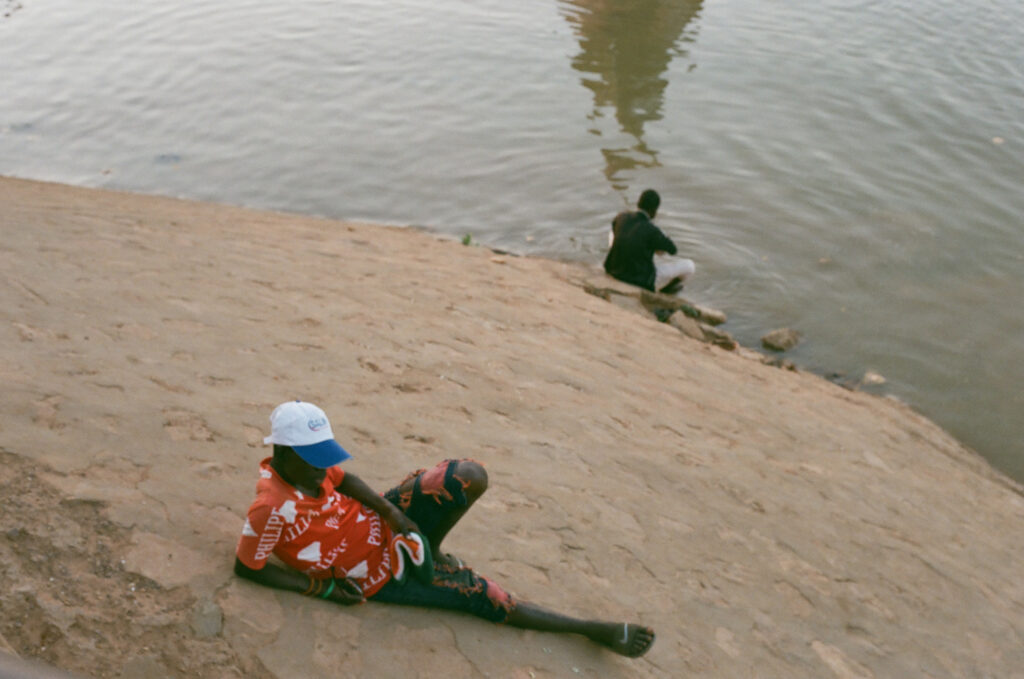
What are some of the challenges you have faced while being a film maker\writer, specifically, an artist of African descent in the diaspora?
The main challenge is one of imagination backed by racist interference. There’s a colonial notion that our creativity must be tempered and managed by white people. I think this is a form of creative cannibalism and I look forward to seeing more Black production companies, showrunners, and producers who are ready to give our artworks the resources they deserve. We’re overdue for this transformation of the business aspect of every artistic discipline. I remember being invited to a New York film class to discuss Sun of the Soil with a collaborator. At one point, a fellow guest said: “Who cares about Africa?” I guess she thought she was trying to say: “Find your tribe” but one of the toughest parts of filmmaking is how careless strangers are with us, with our vision. Very little money circulates among Black artists but so much funding is immediately available to white people who want to take on our histories, our fantasies. It can be truly demoralizing too that as the industry becomes savvier, white producers and directors know to send Africans to do pitches, to sit in meetings, and even temporarily offer us an empty credit as co-producer when they want to win grants or showcase a film in festivals. I was used as a window dressing many times, my Black face and even my gender validated this project. But we’re not included in contracts or appropriately recognized. Those with the financial capital name themselves valuable but we, with our ideas and labour and funds, are treated as work-for-hire artists rather than fulltime partners.
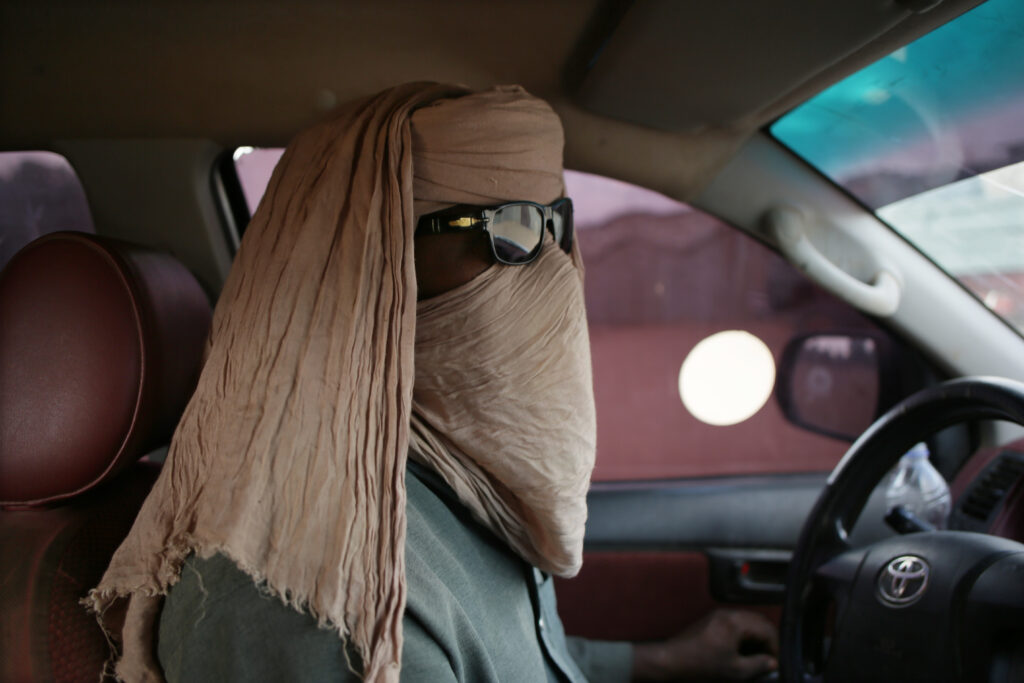
Going back to the movie, because we totally loved it, when you started writing the story that is Sun of the Soil, or Mansa Musa, which point of view from his life in general inspired you, did you write with the aid of research notes and manuscripts, and if yes, how did you come about them?
(Thanks for your kind words.) My collaborators were interested in pursuing some depiction of Mansa Musa’s court but there wasn’t much research completed yet. Most of what we started with was available in the public record or was based on vague folklore. The record of Mansa Musa is fantastic but not very detailed. Dr Michael Gomez was incredibly generous in helping construct a speculative understanding of this emperor. While others were interested in his wealth and grandeur, I became curious about his motivations. I couldn’t believe he’d take such an extravagant journey just to show off. I also never accepted that he killed his mother, even by accident. In addition to books, notes, and educated guesses from other histories available orally or through the manuscripts, Dr Gomez directed us to wider narratives about the region. My main inquiries were around the power structures and how they were maintained. Was Mansa Musa a responsible custodian over the unreal wealth available to him? How did he treat miners? Did the estimated 60,000 subjects who accompanied him to Hajj go willingly? Was he well-received at court? Did he feel some pressure from European fixations on Malian gold? What was the role of women and how did people ascend to power in that dynasty? The more I asked, the more disruptive the answers were. People who were in the shadows of history, especially girls and women, started to come to the front. Unfortunately, most of that didn’t make it into this short (I was overruled!) but I think people will appreciate the series I’m developing. With that, I’m asking: What can we understand about the mindset of billionaires and what is their duty to their people? How much should be extracted from the people to support their emperor’s ambition? All these ideas are relevant today. More than the actual history, the breathless obsession with Mansa Musa’s wealth still informs delusional egomaniacs who destroy humans, nature, and universal balance.
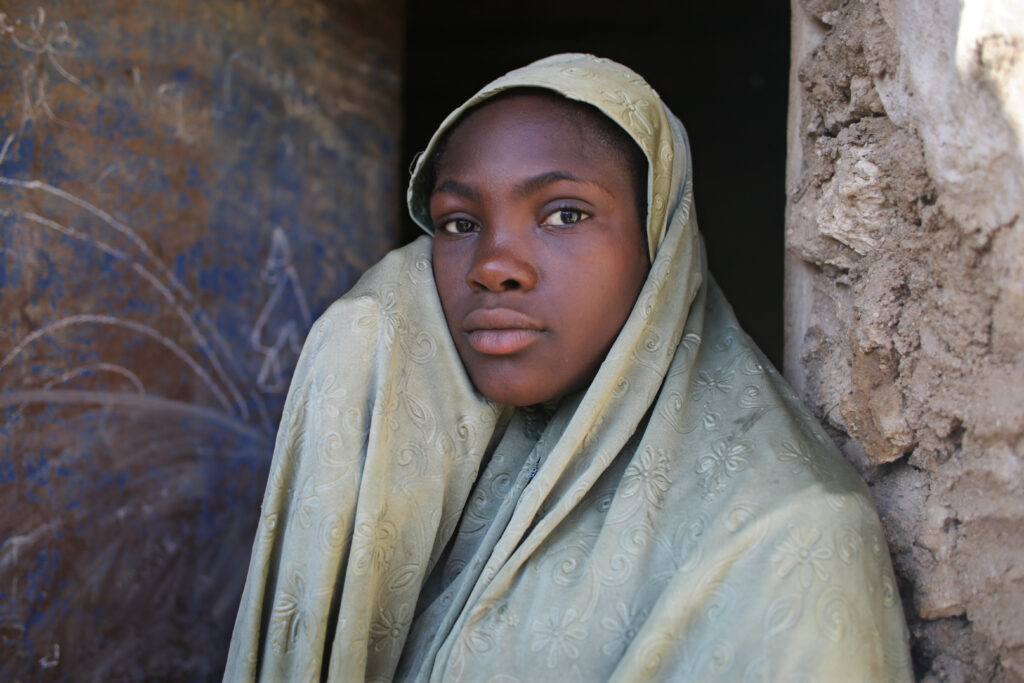
What are your thoughts on African stories being told by non-African voices and what are the impacts of such collaborations on creatives on the African continent?
I think non-Africans need to interrogate why they feel comfortable taking up so much space in our lives. At what point is it enough? I started this screenshot series titled “Ways I Never Want Black People to Look at Me” because I noticed that if you isolate the gaze of many Black people in white photographers’ images, their expressions suggest they’re not comfortable, not happy. There’s an air of indignity, no matter how skilful the composition. The impact of these collaborations is very similar to the impact of anthropological type portraiture. Of course, we have beauty as Africans. We ARE beauty. But who is the beauty for? Who “possesses” these images? Do the artists’ or subject’s descendants have some control over this rich archive or, just as with museum artefacts, do they belong to strangers? Do they belong to people who can’t be bothered to be quiet and listen, to sit in the back of the room if they must be in the room at all? I want this conversation to be much louder: Who actually controls our archives and why do so many non-Africans strive to steal them away from us through unfair contracts and shady licensing deals. The vast majority of non-Africans should focus on silently funding projects, making no attempt to control our footage if their attraction to our continent is sincere. Any other form of participation should require rigorous self-interrogation and they should remain available to answer to us, the keepers of our beauty.

Are you currently working on any project that you will like us to keep our eyes peeled for?
I’m still working with American Idol winner Sam Diaz on an updated documentary of their life after the show, and a few music videos, and am in conversations to write/direct or creative produce some exciting film projects. As far as writing, I’m scripting a graphic novel featuring a Somali girl with quantum superpowers.
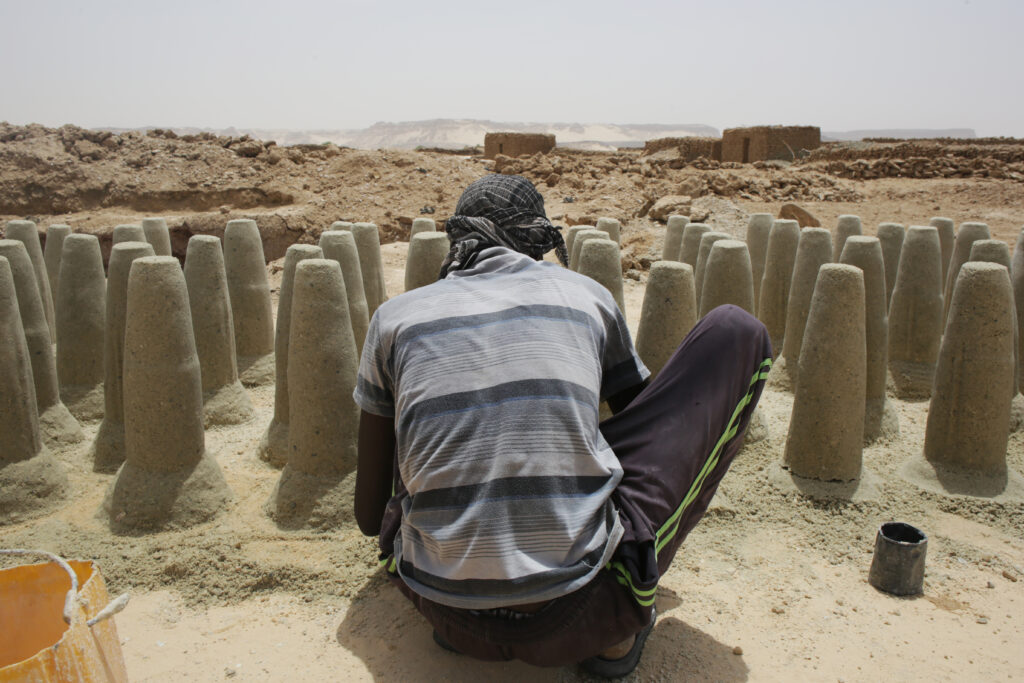
(I’ve attached images from an unreleased music video I directed for “Tell Me” by Adam Ness. Co-star: Theodolph Mason. DP/gaffer: Irv Vazquez)
